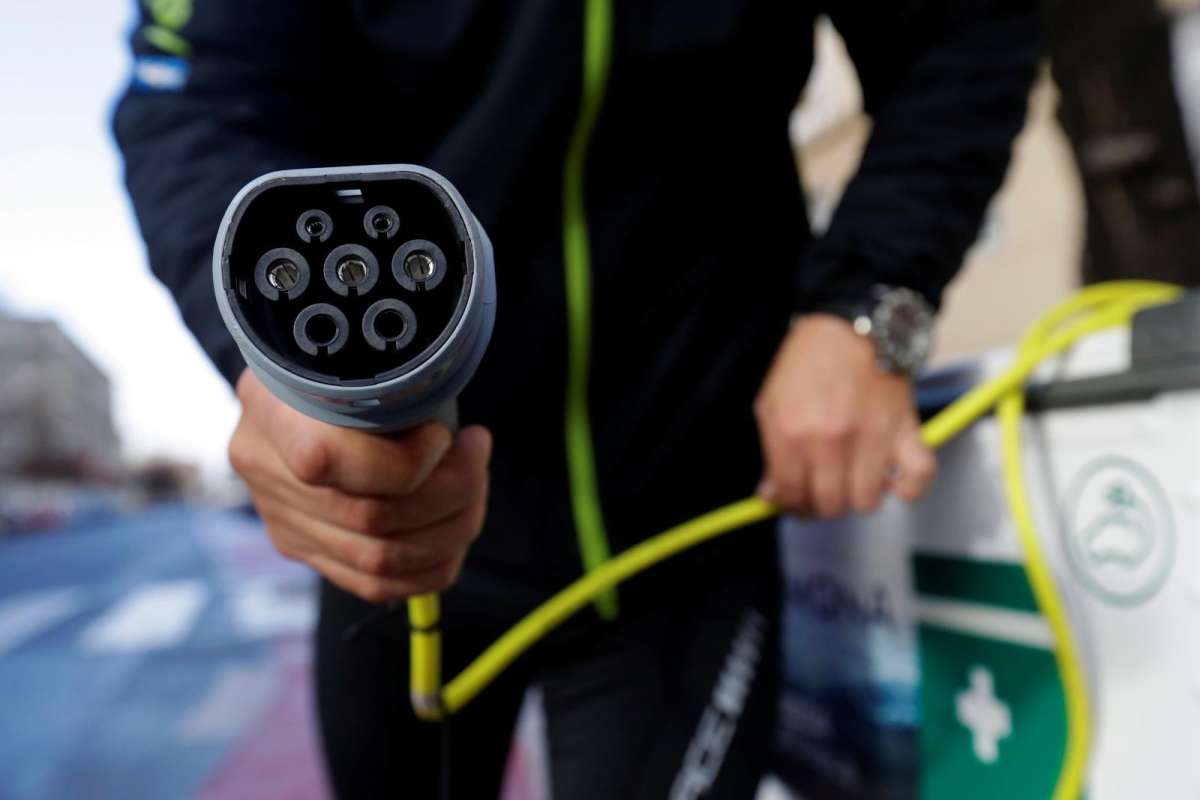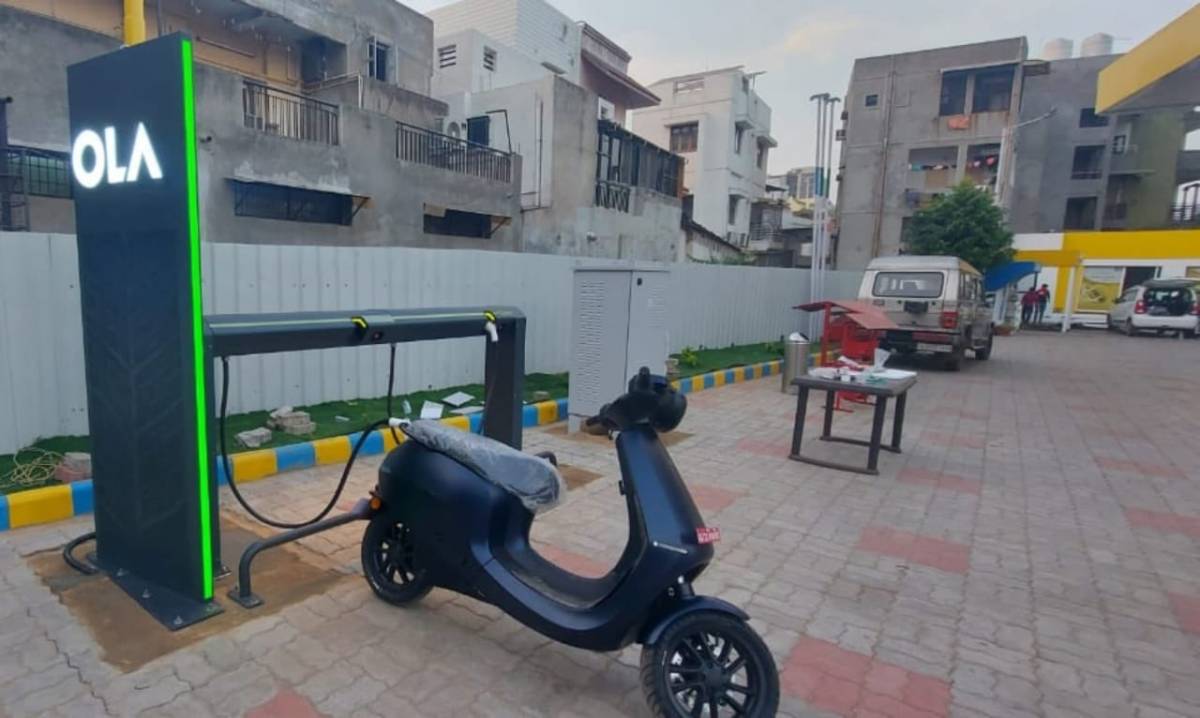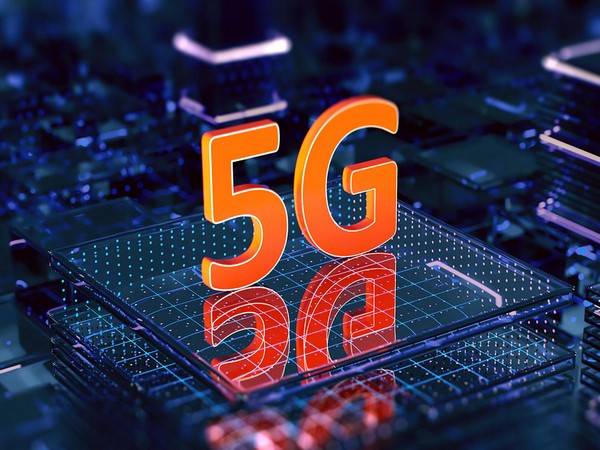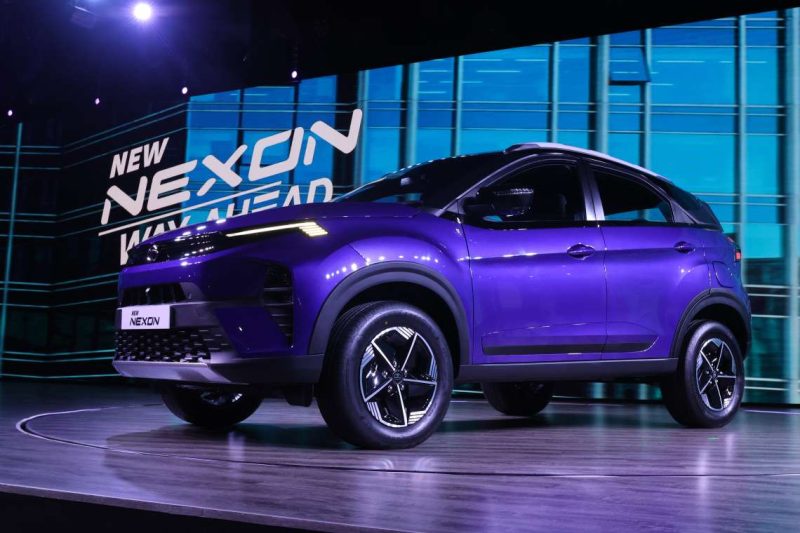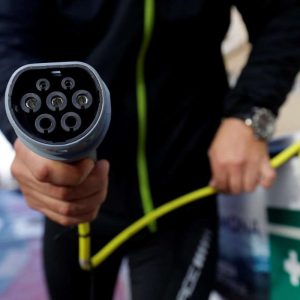Presently, EV adoption continues to surge as more people shift from internal combustion engine (ICE) vehicles….reports Asian Lite News
The electric vehicles (EVs) segment presents an opportunity of almost Rs 3 lakh crore for various stakeholders in India during the next five years through fiscal 2026.
As per a Crisil Research analysis, the opportunity includes potential revenue of about Rs 1.5 lakh crore across vehicle segments for original equipment manufacturers (OEMs) as well as component manufacturers and Rs 90,000 crore in the form of disbursements for vehicle financiers, with shared mobility and insurance accounting for the balance.
Presently, EV adoption continues to surge as more people shift from internal combustion engine (ICE) vehicles.
The data on the Vahan portal shows that the share of electric three-wheelers (3Ws) increased to almost 5 per cent of 3Ws registered in fiscal 2022 from less than 1 per cent in fiscal 2018.
For electric two-wheelers (2Ws) and buses, the percentages rose to almost 2 per cent and 4 per cent, respectively.
The shift is not limited to large cities either. Smaller towns are also entering the fray, driven by the government’s fiscal and non-fiscal measures, Crisil Research said.
According to Crisil Research, rising fuel prices and higher cost of ICE vehicles and government support for EVs are main drivers of EV adoption. It pointed out that central schemes such as ‘Faster Adoption and Manufacturing of Hybrid and Electric Vehicles in India’ (FAME-India), phased manufacturing plan, and production linked incentive have jump-started the country’s EV journey. “Considering the improving cost parity and the government’s focus on electrification of vehicles, we should not be surprised if EV penetration reaches 15 per cent in 2Ws, 25-30 per cent in 3Ws, and 5 per cent in cars and buses by fiscal 2026 in terms of vehicle sales,” said Hemal Thakkar, Director, Crisil.
Besides, it said that start-ups with new-age business models as well as OEMs with an established business have evinced interest in manufacturing EVs. “Many state governments have also provided demand incentives, and capital assistance for setting up greenfield manufacturing plants,” Crisil Research said.
In addition, Crisil Research’s analysis of the total cost of ownership suggests electric 2Ws and 3Ws attained parity with ICE vehicles last fiscal even when running a mere 6,000 km and 20,000 km, respectively, annually. “By 2026, the analysis indicates, adoption of 2Ws and 3Ws will rise even sans subsidy, due to parity of ownership cost with ICE vehicles,” Crisil Research added.



